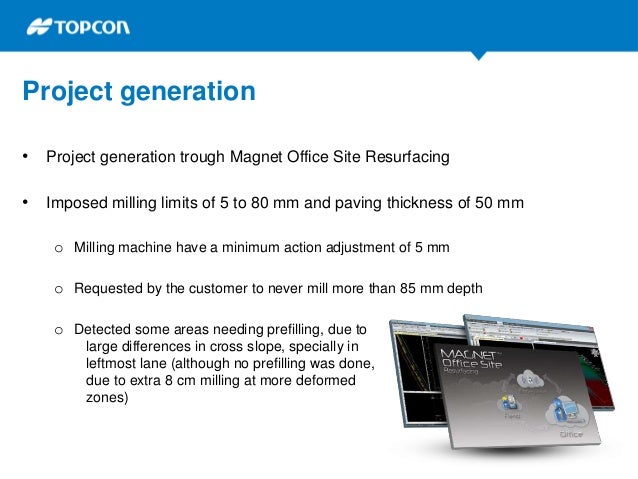
It has also been increasingly used in demonstrating retinal and (OCT) has served as an important method for the diagnosis and In the last few years, optical coherence tomography Abnormal eyes required investigations as big differences in retinal thickness measurements may occur due to severe SEs. In conclusion, retinal thickness measurements analyzed by the two OCT algorithms may be used interchangeably in normal eyes. No significant difference in retinal segmentation performance was identified between OCT‑2000 and OCT‑1000 when analyzing OCT‑1000 raw data. The mean paired difference in retinal thickness was 3.72‑5.77 µm (P<0.05) in normal and 0.61‑9.52 µm (P<0.05) in abnormal eyes. Intraclass correlation coefficient values for retinal thickness were high (0.951‑0.995). 16.30 P=0.763) of the total scan area between the two algorithms. No statistically significant difference was identified in the SE rate (77.01 vs.

#Topcon 3d office help software
The image quality score evaluated by Topcon OCT‑2000 software was lower than that of OCT‑1000. A total of 87 eyes from 87 patients were included. Agreement in retinal thickness measurement between the two systems was evaluated in normal and abnormal eyes. The occurrence and severity of segmentation error (SE) were compared between the built‑in algorithms of the two instruments.

Raw data of 3D macular 512x128 scans acquired using the Topcon 3D OCT‑1000 instrument were analyzed using the Topcon 3D OCT‑2000. The aim of the present study was to evaluate the accuracy of the Topcon 3D optical coherence tomography (OCT)‑2000 built‑in algorithm in analyzing OCT data acquired using the Topcon 3D OCT‑1000 instrument.


 0 kommentar(er)
0 kommentar(er)
